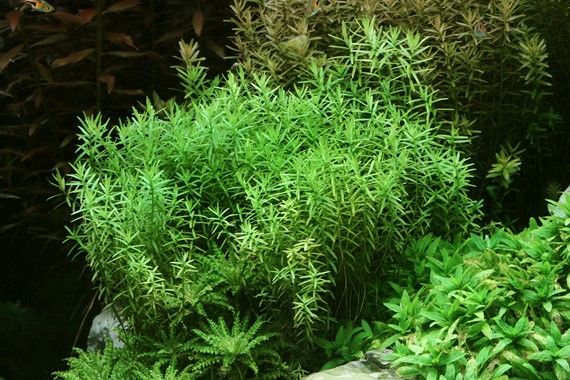Freshwater planted aquariums are found in many homes across the globe, whether they are utilized to house pet fish or give a residing climate to gatherers. Second just to the fish, plants are seen straightaway. Normal plants found in such set ups incorporate hornwort, water sprite, banana plant and bantam lily to give some examples. There are three parts expected to support solid fish and plant life. They are lighting, substrate and CO2. Satisfactory lighting is fundamental for keeping a practical living climate. Think about these six standards of lighting; Lumens per watt, Standard, Lumen center and restrike, valuable light energy, yield as connected with bulb length and Lux normally utilized for more profound planted aquariums. Driven lights have obsolete customary lighting frameworks that require 3-4 watts of lighting for every gallon. Oceanic plants need roughly 12 hours of lighting each day. A clock is a helpful instrument to guarantee the planted aquarium gets sufficient light.

SHO CFL lights, really high result, are the most recent pattern in planted aquariums that are more than 50 gallons and are known for their capacity to assist plants with developing. Driven lights and T2 lights and apparatuses are other well-known decisions among those with Rotala Vietnam planted aquariums. Other than lighting, substrate is expected to both feed and anchor freshwater plants. Established aquarium plants fill best in 3-5 crawls of substrate which gives a sandy base. Continuously be careful while cleaning not to upset the sandy base. While picking a substrate, read its fixings cautiously and know which mineral for example, calcium and magnesium, explicit plants are expected to keep the tank solid. Transplanting amphibian plants starting with one aquarium then onto the next should be finished with care. The climate of one tank is not the very same as another. Plants are frequently stunned in the wake of moving between various aquaria with sterile rock. Plants might remain in shock for significant stretches of time prior to growing new leaves and developing by and by. Transplant strategy, water climate and the plant type all play rolls in deciding the shock factor.
CO2 is some of the time to keep freshwater plants sound and is added to the aquarium normally through fish and plant breath. Once in a while this is not sufficient and CO2 should be added to the planted aquarium. This should be possible with a CO2 framework which is more costly or by utilizing items intended to expand CO2 levels. For the most part, when the outer layer of an aquarium is unsettled, oxygen is added and CO2 is deducted. Different reasons for CO2 consumption incorporate photosynthesizing and nitrifying microbes. To decide when plants in planted aquariums are photosynthesizing, search for the development of little air pockets on the plant leaves, alluded to as pearling. Nitrifying microscopic organisms need carbon dioxide to support them, frequently diminishing the degree of CO2 in planted aquariums. Lighting and CO2 remain closely connected and should be observed to support a sound aquarium. An excessive amount of light, more than the suggested 12 hours, can hurt aquarium plants when there is not sufficient CO2 in that frame of mind to offset it.